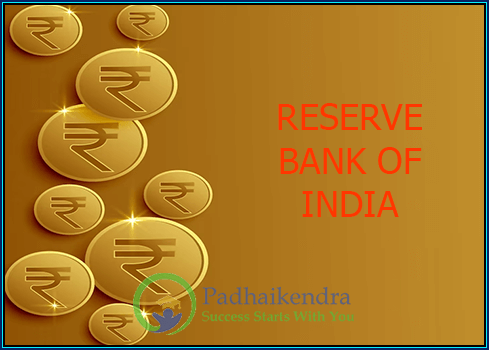Reserve Bank of India
The Reserve Bank of India (RBI) is the central bank of India and was established on April 1, 1935, under the Reserve Bank of India Act, 1934. The RBI is responsible for regulating the monetary policy of India, issuing currency, managing foreign exchange reserves, and overseeing the payment and settlement system.
The RBI’s primary objective is to maintain price stability in the economy while supporting the growth of the economy. It uses various monetary policy tools, such as changing the policy interest rates, open market operations, and reserve ratios, to achieve its objectives. The RBI also plays a vital role in managing the external value of the Indian rupee and maintaining the stability of the financial system.
The RBI is governed by a central board of directors that is appointed by the government of India. The board comprises a governor, four deputy governors, ten directors nominated by the government, and four directors nominated by the RBI.
The governor of the RBI is the chief executive officer of the bank and is appointed by the government of India for a term of four years. The governor is responsible for managing the affairs of the bank, implementing the monetary policy, and representing the bank in national and international forums.
The RBI is also responsible for issuing currency notes and coins in India. It is the sole authority for issuing currency in the country, and it operates 18 printing presses and four mints to produce currency notes and coins.
The RBI is also responsible for managing the foreign exchange reserves of India. The foreign exchange reserves are held in various forms, such as foreign currencies, gold, and special drawing rights (SDRs). The RBI manages these reserves to maintain the external value of the Indian rupee and to provide a cushion against external shocks.
The RBI also oversees the payment and settlement system in India. It operates the Real Time Gross Settlement (RTGS) system, the National Electronic Funds Transfer (NEFT) system, and the Cheque Truncation System (CTS). These systems help in facilitating the smooth transfer of funds between banks and ensure the efficient functioning of the payment system.
In conclusion, the Reserve Bank of India plays a crucial role in regulating the monetary policy of India, managing the currency, foreign exchange reserves, and payment system. Its efforts have contributed to maintaining price stability, promoting economic growth, and ensuring financial stability in India. The RBI continues to evolve and adapt to the changing needs of the economy and the financial system, and it remains a vital institution for India’s economic growth and development.




